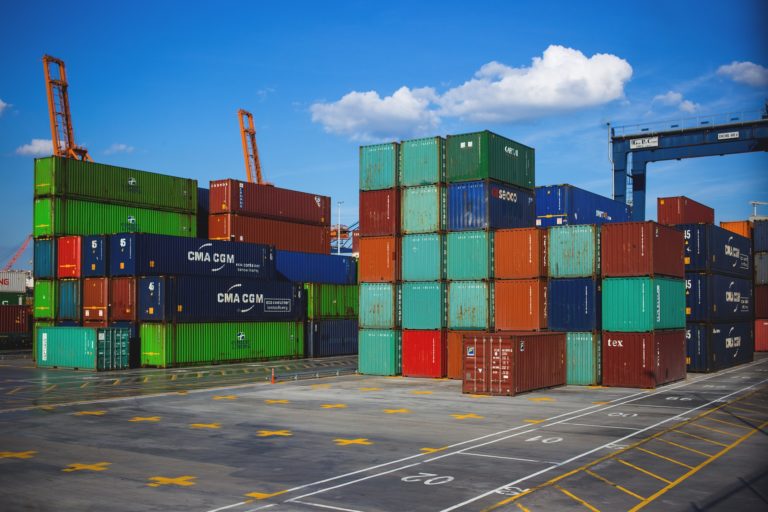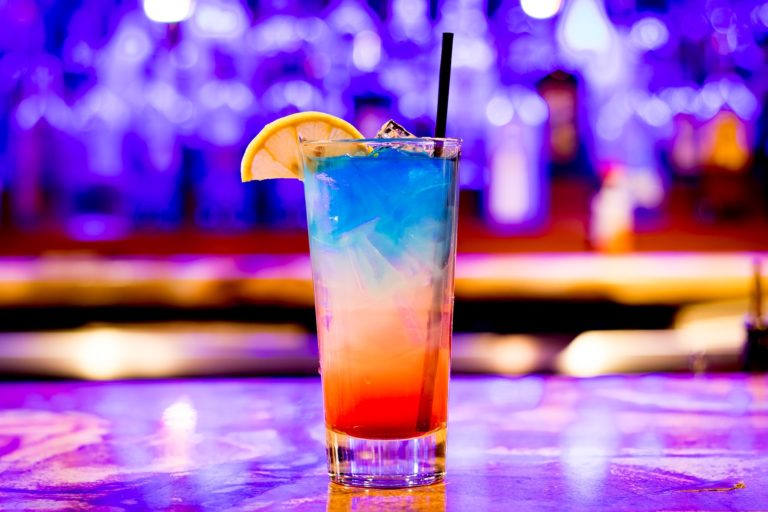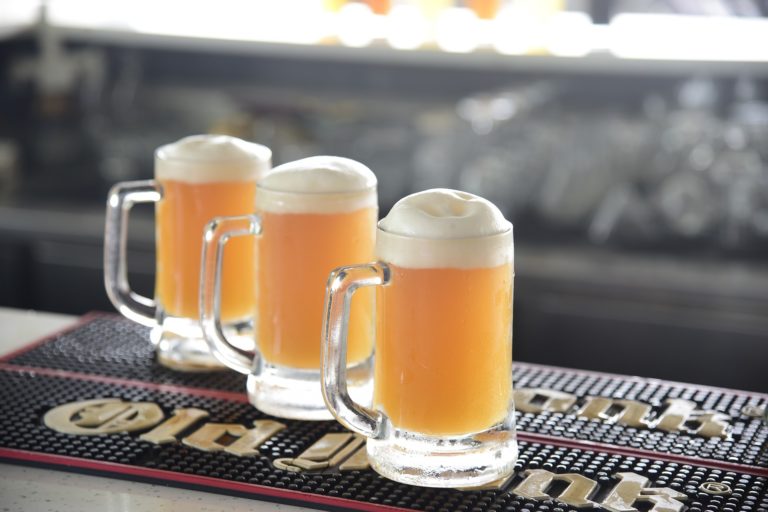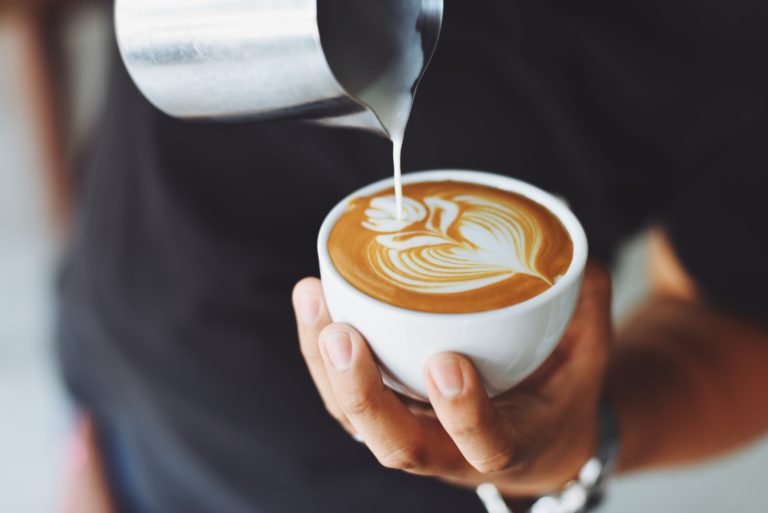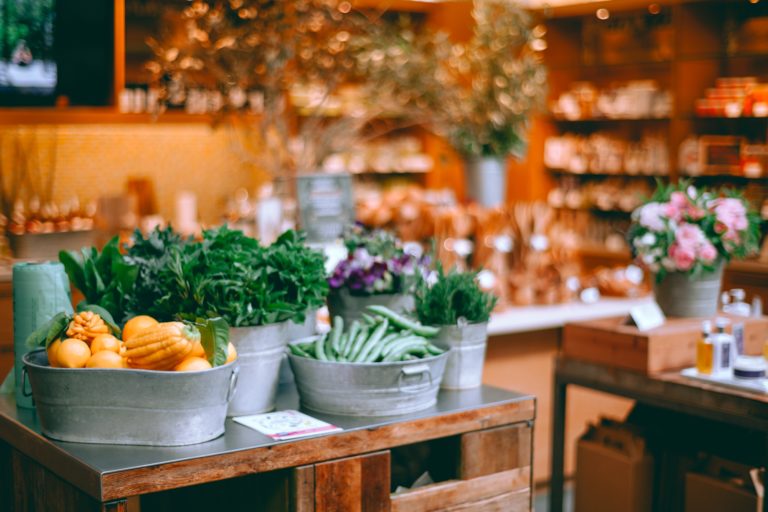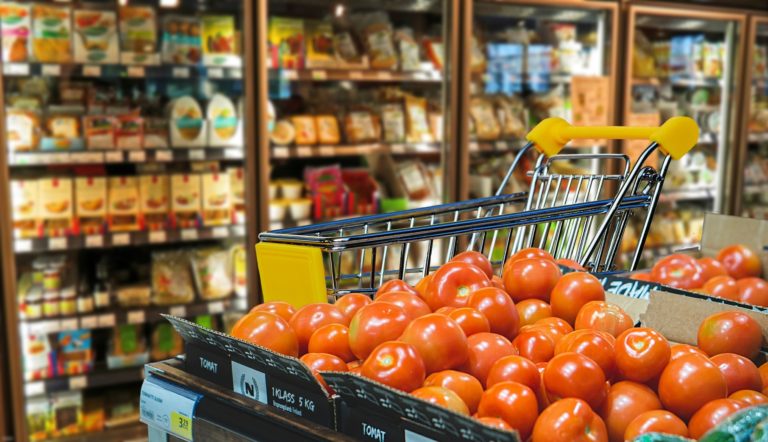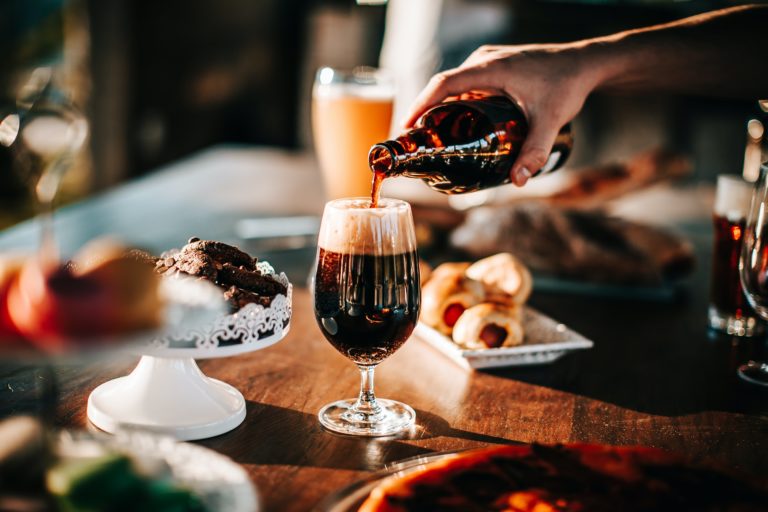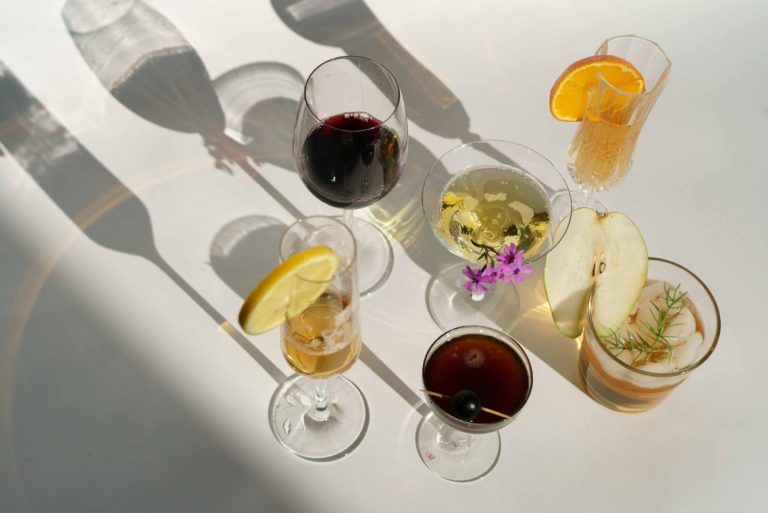Are you on the lookout for a distributor? Here’s how to choose the appropriate wine distributor.
If your winery has mastered the art of producing high-quality wines with attractive packaging and outstanding value for money, kudos to you.
Tips : How to Find a Distributor in Taïwan: A good way is to participate to the best event for this, new in 2023 but already almost full as all wineries want to exhibit there: Taiwan International Beverage Fair 2023 by Media International News.
But what’s next? You’ve got everything in place to start distributing your wine and getting it on supermarket shelves and restaurant wine lists, but how will you know which distributor is right for you?
Even for individuals who have been in the sector for a long time and are considered as old-timers, the distribution system set up by United States adopted in Asia Country can be a maze.
Following the repeal of Prohibition, set up by United States, other Asian country adopted a three-tier structure in which the supplier must deal with an independent, licensed wholesaler who takes ownership of the wine and then sells it to wine stores, supermarkets, cafés, and carriers.
In simpler words, the three-tier system is a Supplier – Distributor – Retailer.
Due to the three-tier system set up by United States and adopted in the Asian Country, it’s very important for a wine brand to choose the right distributor. You need to pick a distributor who will satisfy all your distribution needs.
Here’s what you need to do to find out how to pick the right distributor for your wine.
1. Think through and decide your distribution objective
What you really want to do is think through and figure out what your distribution objective is. For example, if your goal is to sell 1000 cases in a particular market, then make sure you work towards finding a distributor.
2. Set a minimum
Once you’ve decided what your distribution goal is, make sure you find a distributor who can assist you in achieving it.
Let us use 1000 cases as an example once more. If you want to sell 1000 cases, you should choose a distributor with roughly 5-6 sales people who service around 1000 retail customers, rather than someone with only 2 sales reps who service around 300 accounts.
Overall, you should determine your maximum case target and then determine which distributors can meet that goal.
3. Think about where you want your wine to be
It’s critical to determine whether the distribution company you’re considering is financially sound. Can they pay you right away after your cases are sold? Are they trustworthy enough to pay you when you require it?
Placing terms is one approach to see if the distribution company is financially sound. You could, for example, set a payment period of 50% up advance. When you’re a new wine brand, it’s easy to get caught up in the excitement of sales and send the purchase order to the distributor without first determining whether or not you’ll be paid.
Wine distribution is a difficult task. As a provider, you must recognize that distribution is a difficult task. In reality, being an importer or a supplier is easier than being a distributor or providing service to retailers. It’s a difficult jumble of logistics and connections. As a result, your chances of being paid on time as a provider are usually approximately 10%. So make sure you ask for a 50% deposit up advance to see how financially secure the distributor is – and if you’ll be able to retrieve your money on time.
So, using this strategy, eliminate and select the top 5 distributors who will say yes to anything you require. The distributor you’ll want is one who agrees to satisfy your wants and can reach your target after your purchase order is delivered. As a result, it’s critical to know whether or not a distributor can match your requirements.
5. Make sure you and your distributor both make money
When choosing a distributor for your wine, look for someone who is willing to strike a deal at a price that will benefit everyone in the chain. For example, if your wine is currently $10.99, a sensible strategy would be to raise the price by a dollar so that everyone profits. This will keep you, your distributor, and your retailer pleased, which will assist raise your sales from the distributor and retailer’s perspective, as opposed to a brand that is just interested in making money for itself and offers the distributor and retailer a very little margin.
6. Authenticity and seriousness
It’s critical to determine whether or not your distributor is serious about their business. In this scenario, the ideal technique for selecting a distributor is to select one from inside your own stream. If you’re a boutique provider, for example, you should go with a boutique distributor. If you’re a mass supplier with the goal of creating a million-case brand, you should collaborate with a larger distribution networks.
Fun fact: If you want to sell your wine in high-end restaurants, visiting to different restaurants and seeing which distributors they use will be really beneficial. This will help you create a list of distributors from which to choose, and then you can apply your own criteria to exclude and choose the ideal distributor for you.
With these pointers, you’ll be able to find the perfect distributor for your wine, one who can meet all of your needs while also assisting you in gaining a large presence and a healthy profit margin.
Now is the time to submit your work. Now is the time to enter your wines and take advantage of the Super Early Bird Offer in TAIWAN AWARDS 2022



